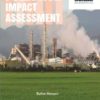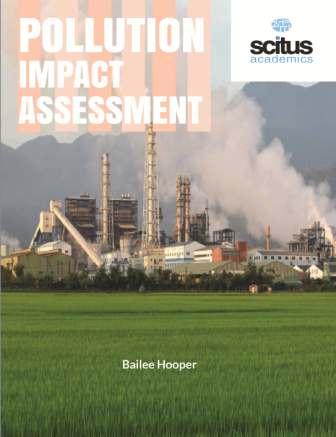Soil is a resource that is a fundamental element of our ecosystem and when soil is degraded, it leads to the degradation of other components of the ecosystem. Soil acts as a ‘universal sink’ and bears the greatest burden of pollution in the environment. There are many contributing factors to its pollution. One of the most important factors that affect the formation process of soil is climate. It affects how soil develops, how it is used and the management perspective with reference to its structure, stability, water holding capacity of topsoil, availability of nutrients and erosion. Other effects that climate influences indirectly are, changes in growth rates and water use efficiencies due to sea-level rise, due to an increase or decrease in vegetation cover or due to human activities. Evaluating the ecological risks of harmful activities such as contaminated soil, pesticide application, sewage sludge amendment and other human activities which might lead to an increased presence of harmful substances in the soil is a complicated task which brings many complicated problems.
This book describes the state-of-the-art knowledge of the physical, chemical and biological indicators of soil health and their consequence for monitoring the effects of climate change. Evaluating the biological responses to understand and predict the impact of changes in the environment is a hot topic of research today, and current research is emphasizing on eliminating the problems that have been observed with the specificity if biomarkers. The book specifically summarizes the most significant research concerning the implementation of metabolomics in soil contamination assessment. Over the past centuries, climate, especially in terms of temperature and precipitation, has changed significantly at a global, regional and even local level. Other than extraterrestrial factors, other factors such as volcanism, forest fires and changes in ice and vegetation cover of the planet have also had a severe impact. This book aims to describe the impact that climate change has on various properties of the soil, mitigation and adaption strategies for them and finally recommending solutions to the impact on the physical, chemical and biological properties of the soil.
Further, the book moves to sustainability aspects of in-situ bioremediation of polluted soil in developing countries and remote regions and improving farming practices for sustainable soil use in the humid tropics and rainforest ecosystem health. It also highlights on the chronic toxicity of weathered oil-contaminated soil. Pollution has rendered a significant portion of soil unusable. These contaminated soils present a major health risk to human beings and have severe harmful effects on the environment. Thus, the soil should be understood correctly and the long-term lethal effects that might lead to irreversible consequences must be evaluated. To improve the soils contaminated by pollutants, it requires a thorough study and comprehension of the properties of the soil and of the factors that cause deterioration. This book will serve students and academics in soil science and environmental science, as well as land managers, public administrators and policymakers will find this an assistive tool.













1 review for Soil Management And Climate Change
There are no reviews yet.